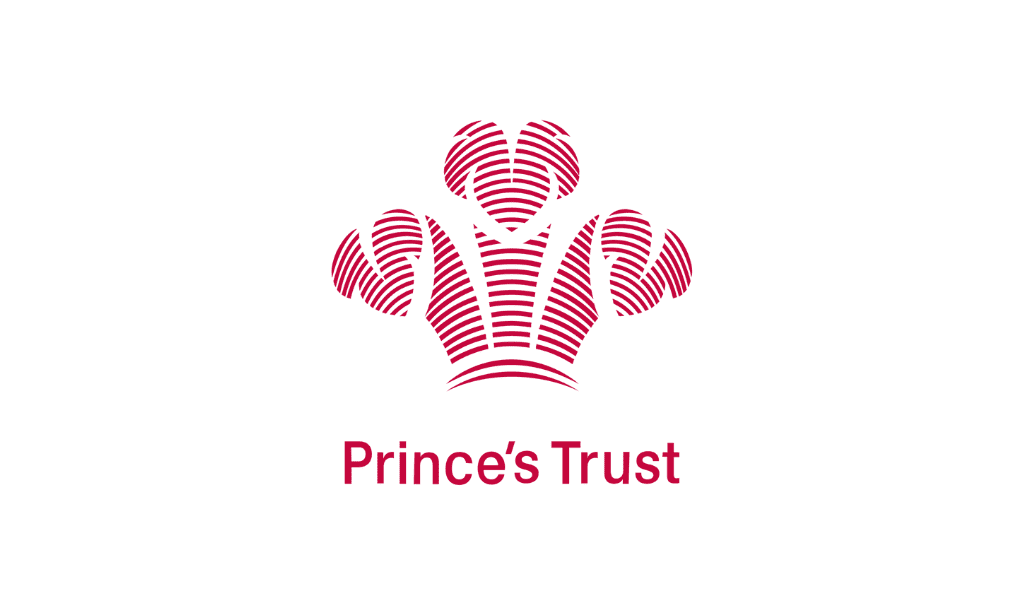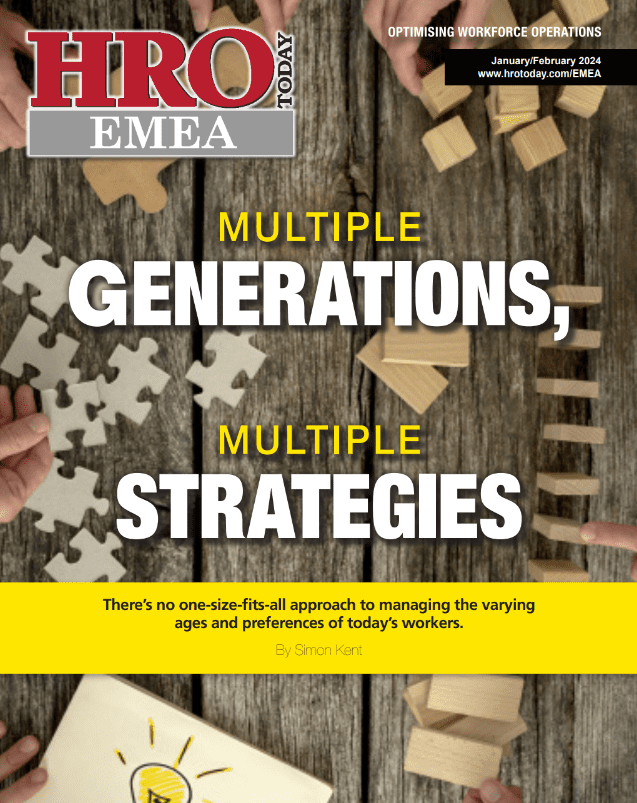Seven strategies to keep talent top of mind during the M&A integration process.
By Amy Bush
This has been a bumper year for mergers and acquisitions (M&As). In fact, it’s been a record year, with $2.5 trillion in mergers announced in the first half of 2018 alone.
But a recent Harvard Business Review study estimates that about 70 percent of mergers fail to deliver on their expected benefits. Now, a lot of things can -and do -impact that experience. A successful merger isn’t just a question of effectively bringing together financial, physical, and organizational assets. The topic of talent should be high on the list as a contributing factor as well.
Here are a few recommendations that companies embarking on M&A activity should consider:
1. Culture rules. When two organizations come together, there is bound to be a bit of a culture clash. In fact, this is one of the most frequently cited reasons for a failed merger. Consider a complete culture assessment of each company to help employees understand how they’re different and how they’re similar. Then, take the best of both worlds to create a “super-culture” that inspires people to work better together.
2. Invest in leadership. Companies should bring together senior people from each organization to create a dedicated program management office (PMO). This should become their primary focus for the bulk of the integration effort -not a job they do from the side of their desks. This kind of commitment helps ensure that both organizations are represented when assessing the talent of the combined company, while demonstrating to line employees that the merger has the support of senior management.
3. Give talent acquisition a seat at the table. Once the PMO is in place, the question becomes: what skills does the organization need on the integration team? It’s essential that a senior talent acquisition professional is part of this group. There is a myriad of talent acquisition-related challenges that may occur, including a potentially confusing employer brand; competing or overlapping talent technologies; different recruitment processes; and ongoing recruitment pushes that have an unclear future and have the potential to derail success. At the same time, the organization needs to keep the recruitment train on its tracks, doing the business of hiring for positions that need to be filled right away. Someone on the PMO must understand these issues intimately.
4. Make a list of “keep-at-all-cost” employees. A merger or acquisition can create a lot of uncertainty among employees. Companies never want to lose their best talent, but this is a perfect time for competitors to catch employees’ attention. Invest some time in identifying high performers and high potential employees. Make sure leaders communicate with them regularly and let them know that they’re central to the future of the organization. Hold “stay interviews” to help them understand that they’re valued. And if a few depart, don’t lose contact: They could be potential boomerang candidates.
5. Got two? Pick one. Conversely, there may be some employees who aren’t needed longer-term. After all, that’s one of the key benefits of a merger: acquiring capabilities one organization doesn’t have and upgrading the ones that are common to both organizations. Still, even if someone is no longer needed in the new reality, HR professionals should make sure they provide them with an orderly and dignified exit. Otherwise, the new company’s Glassdoor rating will feel the effects.
6. Seek help. Oftentimes, a merger will bring together two organizations that competed head-to-head just months before. To counteract the differences of opinion -on strategy, approach, tough retention questions, and so on -consider working with an outside consultant to mediate any clashes. The change management journey should be as smooth as possible and a neutral third party can help company leaders see the forest instead of the trees.
7. Every day matters. One of the most important responsibilities of the PMO is to make sure that glitches in day-to-day processes don’t scuttle success. Merging financial and IT systems and processes are often the immediate focus, and so they should be. But don’t forget about talent platforms. If candidate relationship management systems aren’t integrated properly, some great candidates could fall through the cracks. The organization might miss out on an employee it needs who could be delivering value to the business today but is doing that for a competitor instead. What’s more, the candidate could be sharing their bad experience with their social networks.
Remember this: people do the work. Whatever roadmap a company’s PMO builds for its integration and whatever they prioritize, it’s vital to remember that behind every process is a set of people. Organizations need to have a talent strategy that motivates people to do their best work all the time -but it’s perhaps never more important than when they’re in the midst of a merger or acquisition. This is when they’re most vulnerable to market confusion and customer dissatisfaction, and they need effective people to make sure this disruption is kept to a minimum.
No two mergers are alike and some will be more difficult than others, but very few are easy. But with an integration strategy that includes talent acquisition, businesses can set themselves up for a much better chance at success.
Amy Bush is the president of Sevenstep.














